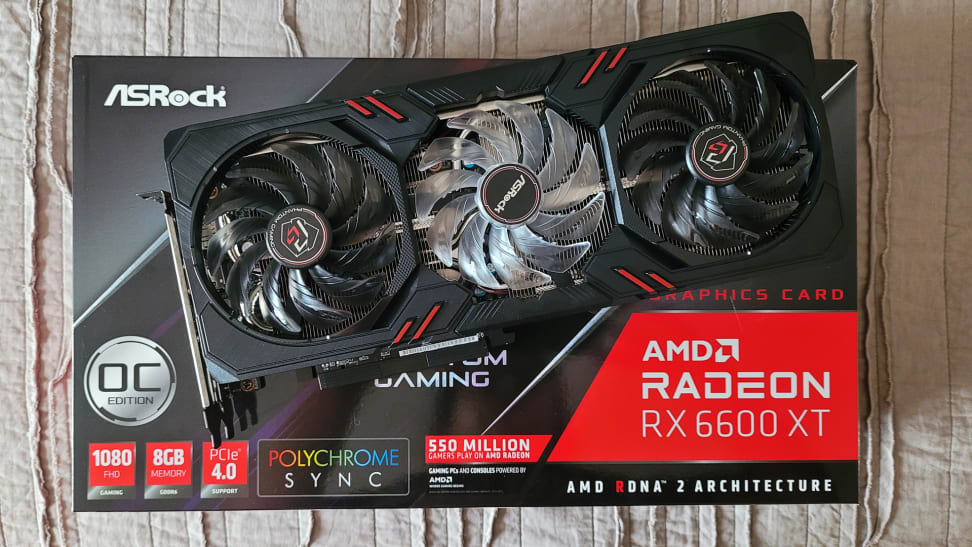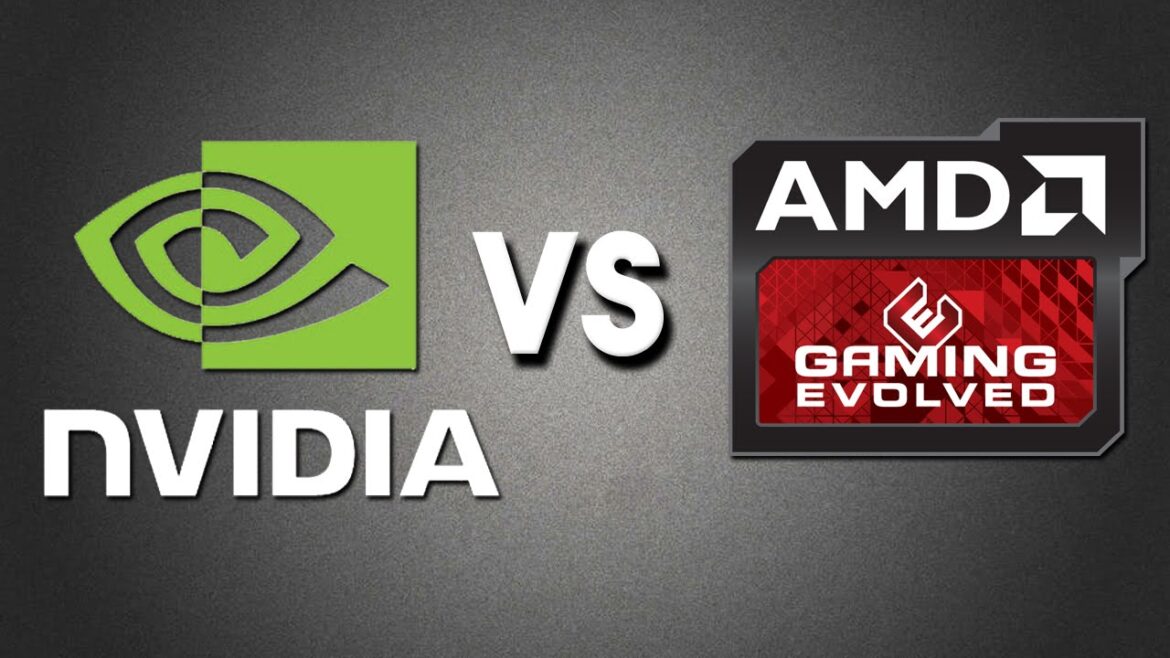The selection of a graphics card is crucial in the ever-changing realm of PC gaming as it greatly influences the gameplay experience. The industry has long been dominated by two large companies, AMD and NVIDIA, who both offer a range of graphics cards competing for the title of best gaming performance. Understanding the differences between AMD and NVIDIA graphics cards is crucial for gamers who must make the age-old decision between these two industry titans.
Comprehending AMD’s Allure
With its Radeon series of graphics cards, AMD—known for its Ryzen processors—has made notable advancements in the graphics card market. AMD’s dedication to affordability without sacrificing performance is one of its best qualities. AMD graphics cards are a popular option for gamers on a tight budget because they frequently offer exceptional value for the money.
Furthermore, AMD has embraced open-source development, helping to create technologies and drivers that benefit the whole gaming community. Users who appreciate openness, transparency, and community-driven development will find this commitment to transparency appealing.
AMD prioritizes developing cutting-edge technologies, and this shows in products like AMD FreeSync and ray tracing, which improve gaming overall. Specifically, ray tracing mimics real-world lighting effects to give games an unmatched level of visual realism.

The Dominance of NVIDIA in High-End Performance
In contrast, NVIDIA has made a name for itself as a dominant force in the market for high-performance graphics cards. The standard for excellent gaming performance has been set by the GeForce series, which includes cards like the RTX 30 series. Real-time ray tracing is an example of an innovation made possible by NVIDIA’s commitment to pushing the boundaries of technology; it’s a revolutionary feature that dramatically improves visual realism.
Even though NVIDIA graphics cards are frequently more expensive, the investment pays off with better performance. Outstanding frame rates and image quality are made possible by proprietary technologies like DLSS (Deep Learning Super Sampling), especially at higher resolutions.
The Rivalry in Performance Measures
In assessing the performance metrics of graphics cards made by AMD and NVIDIA, it is important to take into account factors other than power. Real-world gaming tests and benchmarks offer important insights into how these cards function in different scenarios.
AMD prioritizes cost-effectiveness and efficiency in its performance strategy. Radeon cards with more affordable prices, like the RX 6000 series, offer excellent performance. Their ability to deliver fluid gameplay at 1080p and 1440p resolutions makes them the perfect choice for gamers looking for great performance without going over budget.
The RTX 30 series is one example of how NVIDIA’s top-tier cards rule the 4K gaming scene. These GPUs’ extreme power combined with cutting-edge features like ray tracing establish them as the preferred option for enthusiasts and those craving the ultimate gaming experience.
Thinking Beyond Outcomes
While raw performance is a crucial factor, other considerations can influence the choice between AMD and NVIDIA graphics cards. Decision-making is influenced by a number of factors, including compatibility with the ecosystem, customer support, availability, and brand loyalty.
The worldwide shortage of semiconductors has posed a serious challenge for both AMD and NVIDIA in terms of availability. Prospective purchasers should think about both the practicality of getting the desired graphics card and the performance metrics.
Gamers’ decisions are frequently influenced by brand loyalty. Individuals who are familiar with a particular brand’s ecosystem compatibility, driver software, or user interface may have a tendency to stick with that brand.
Another crucial factor is customer service. Although both AMD and NVIDIA provide strong customer support, individual preferences and prior experiences may have an impact on the decision-making process.
The Changing Landscape
The ongoing competition between AMD and NVIDIA to provide the best gaming performance continues to influence the state of gaming. The two businesses encourage one another to innovate, resulting in new developments and technologies that are advantageous to players.
With ever-more-powerful and inventive graphics solutions, gamers will surely continue to benefit from the competition between these industry titans as technology develops. In the end, personal tastes, financial limitations, and particular gaming requirements will determine which AMD or NVIDIA graphics card is best.

Conclusion
Both AMD and NVIDIA offer unique advantages when it comes to gaming performance, and the best option is to match those advantages with the specific goals and tastes of the player. In comparison to NVIDIA’s superiority in cutting-edge technologies and high-end performance, AMD is dedicated to openness and affordability.
Knowing the differences between AMD and NVIDIA becomes critical for gamers navigating the ever-expanding graphics card market. In addition to driving technological innovation, the competition between these titans of industry offers players a wide range of options to customize their gaming experiences.
